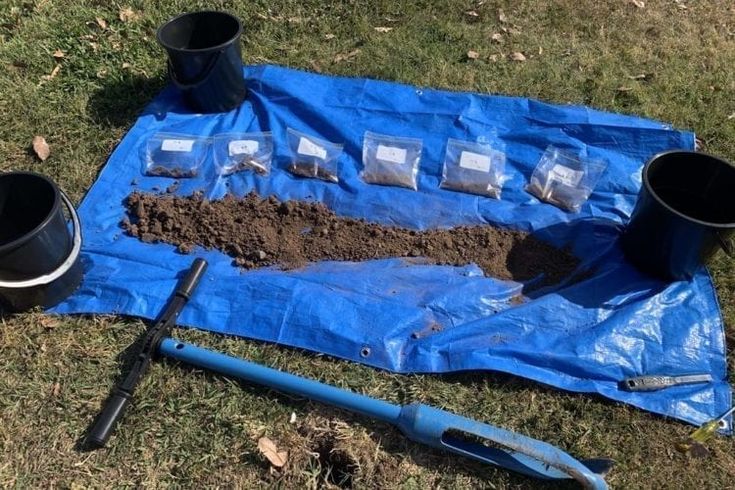When embarking on any construction or development project, thorough site investigations can make all the difference. These investigations not only provide critical data about the land but also shape the direction of the project itself detailed site investigation. In this post, we’ll explore several case studies where detailed site investigations led to successful outcomes, showcasing the value of meticulous planning and assessment.

Case Study 1: The Greenfield Residential Development
Location: Suburban Area
Challenge: The site for a proposed residential development had a history of agricultural use, raising concerns about soil contamination and drainage issues.
Investigation Process: A comprehensive site investigation was conducted, including soil sampling, groundwater testing, and historical land use assessments. The team also employed geophysical surveys to map subsurface conditions.
Outcome: The investigations revealed localized contamination, which could be remediated efficiently. The data gathered allowed the developers to design an effective drainage system, preventing future flooding issues. The project was completed on time and within budget, resulting in a vibrant new community that met local housing demands.
Case Study 2: The Urban Renewal Project
Location: Downtown City Center
Challenge: An aging industrial site needed transformation into a mixed-use development, but previous industrial activities raised concerns about hazardous materials.
Investigation Process: A detailed Phase I Environmental Site Assessment (ESA) was conducted, followed by a Phase II ESA that included soil borings and groundwater monitoring. This extensive investigation helped identify hazardous waste locations and existing infrastructure.
Outcome: The findings guided the design of safe excavation and remediation plans. The project not only revitalized a neglected part of the city but also enhanced community amenities, including parks and retail spaces. Thanks to the thorough investigations, potential liabilities were managed, and the project received strong community support.
Case Study 3: The Infrastructure Upgrade
Location: Coastal Town
Challenge: A critical infrastructure upgrade for water and sewer systems was needed, but the area was prone to flooding, and subsurface conditions were largely unknown.
Investigation Process: Geotechnical studies, including borehole drilling and seismic testing, were carried out to assess soil stability and groundwater levels. Environmental assessments were also performed to ensure compliance with coastal regulations.
Outcome: The investigations provided crucial insights into soil conditions and water flow patterns. This information enabled engineers to design robust infrastructure that mitigated flooding risks. The successful upgrade improved public health and safety, and the project became a model for future infrastructure efforts in the region.
Lessons Learned
These case studies illustrate the immense value of detailed site investigations in project planning and execution. Here are a few key takeaways:
- Risk Mitigation: Thorough investigations help identify potential issues early, allowing for effective risk management strategies.
- Cost Efficiency: Addressing problems before construction begins can save significant time and resources, preventing costly delays.
- Community Engagement: Well-conducted investigations that involve community input can enhance project acceptance and support.
- Regulatory Compliance: Understanding site conditions helps ensure that projects comply with environmental and zoning regulations, reducing legal complications.
Conclusion
Incorporating detailed site investigations into project planning is not just a best practice; it’s essential for success. The case studies highlighted demonstrate how a proactive approach can lead to sustainable, community-focused developments. Whether you’re a developer, architect, or project manager, investing time and resources into site investigations can pave the way for successful outcomes that benefit everyone involved.